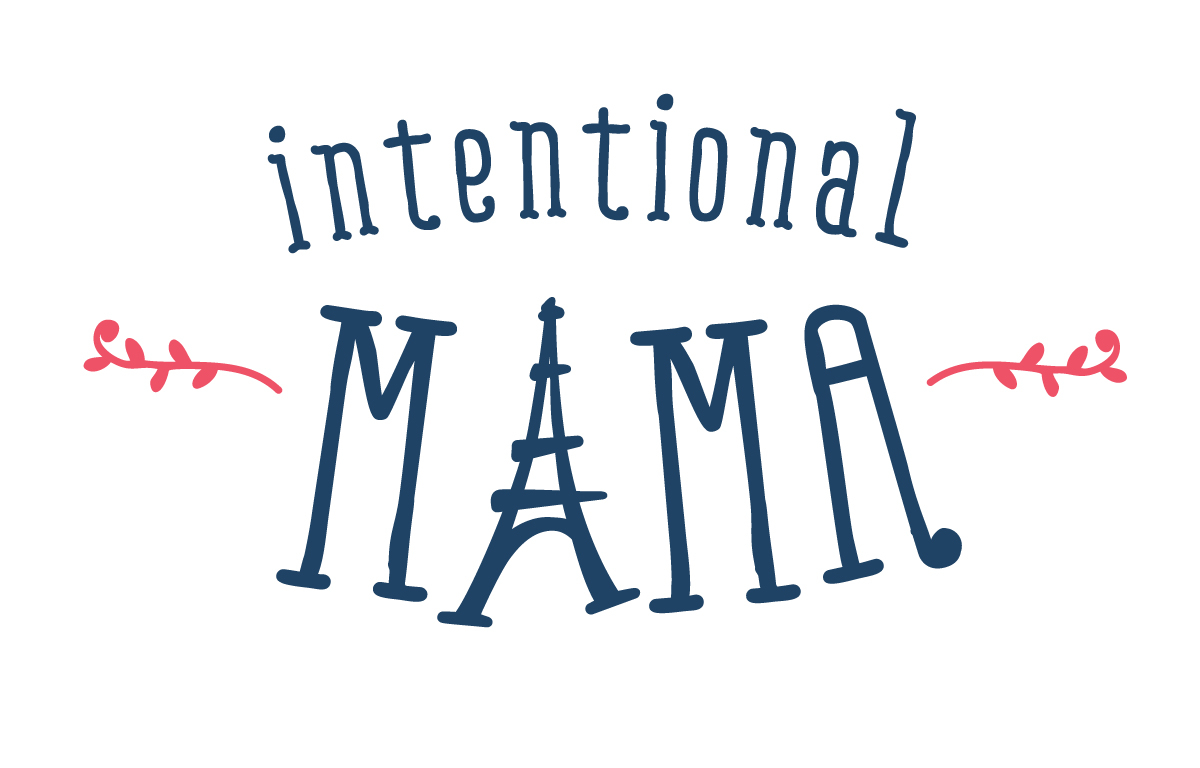Beginning French Lesson 6: Likes & Dislikes Project
One of my favorite activities to do with beginning French students is to help them create a likes and dislikes chart. The chart is fun and colorful, but what I love most about it is what it enables students to do afterwards: it provides a context for learning how to use a bilingual dictionary and helps students grasp basic French sentence construction. Essentially, this activity moves students beyond the early language stage of memorizing basic phrases and towards a solid understanding of how to create their own original sentences in French.
Read More